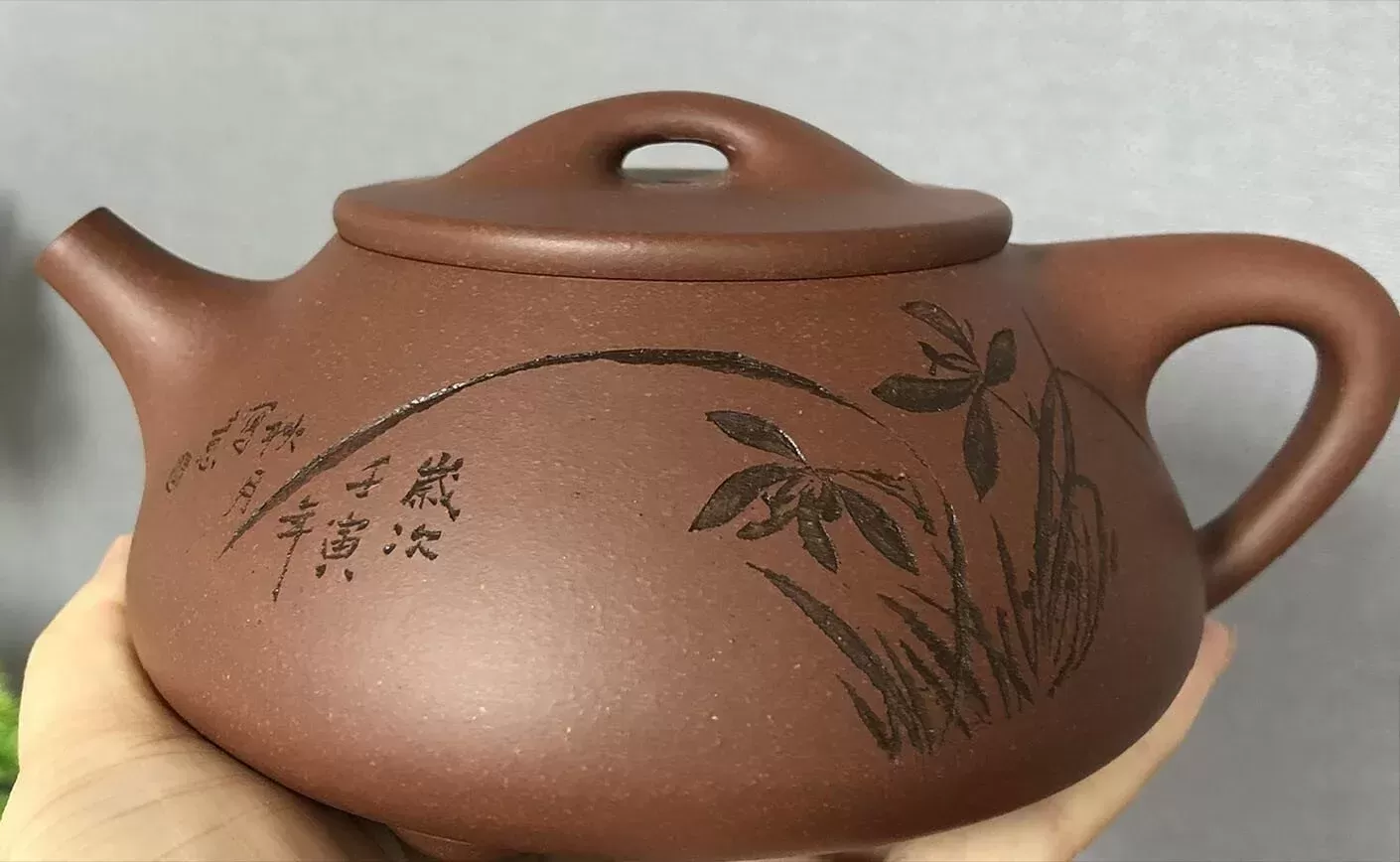
There are two methods for the handmade yixing teapots, which differ in the way the teapot body is made.
The first method involves using purple clay to hand-beat the basic shape of the teapot body, which is then fitted into a mold. The mold is used to precisely adjust the flatness and curvature of the teapot body along the inside, allowing it to be quickly formed.
The second method completely hand-adjusting the flatness and curvature of the teapot body. We refer to the first method as half handmade and the second method as fully handmade.
The difference between them is the efficiency of making the teapot body, with half handmade production being able to produce two teapots per day, while fully handmade production requires three days to one teapot. Another important difference is that most half handmade teapots have a relatively smooth and delicate interior due to the use of molds for compression, while fully handmade ones are not modified on the inside and are shaped by external compression. The interior of a fully handmade teapot is relatively rough and has shrinkage lines, which is the most important indicator for distinguishing between fully and semi-handmade teapots.
There is no difference between half handmade and fully handmade in other parts of the teapot, such as the spout, handle, and lid.
If you use it for drinking tea, there is no difference between a half handmade teapot and a fully handmade teapot, their difference is only a matter of craftsmanship.
If you are a teapot collector, you can choose to purchase a fully handmade teapot. Each teapot is meticulously crafted by skilled artisans and has unique details, making it a true work of art. As a collector, you can appreciate the craftsmanship that goes into each teapot and add it to your collection.

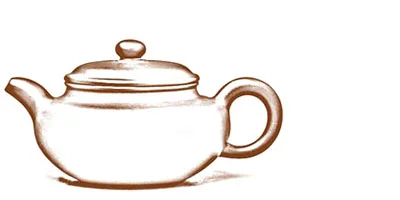

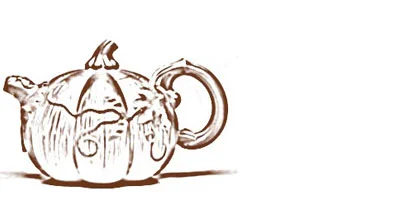
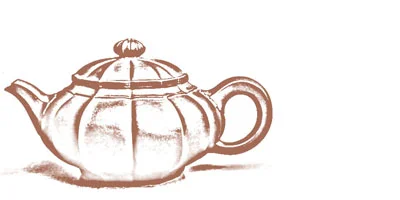
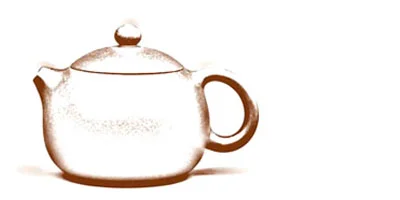
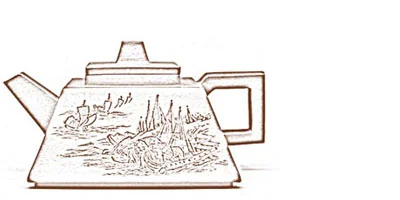
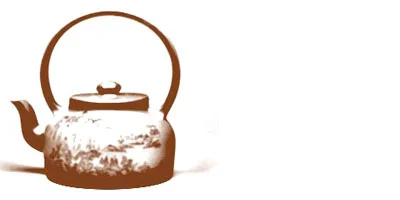
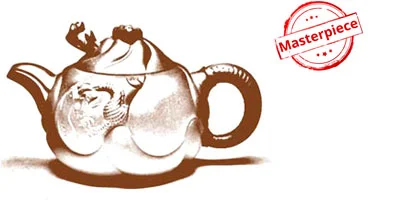
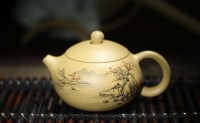

Leave a Reply Cancel Reply